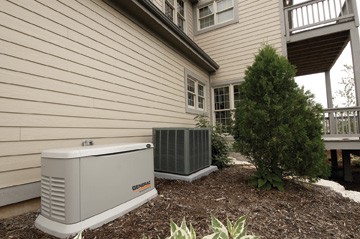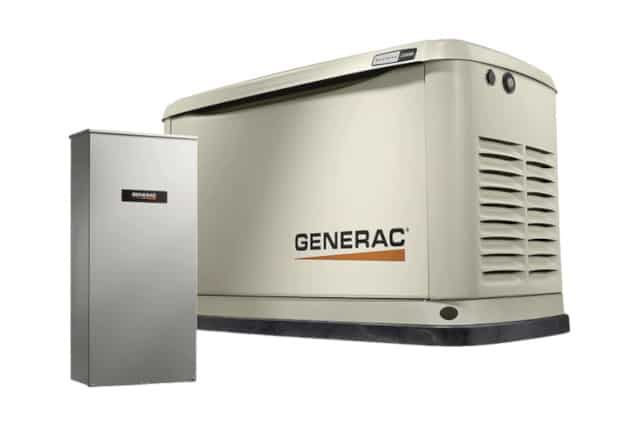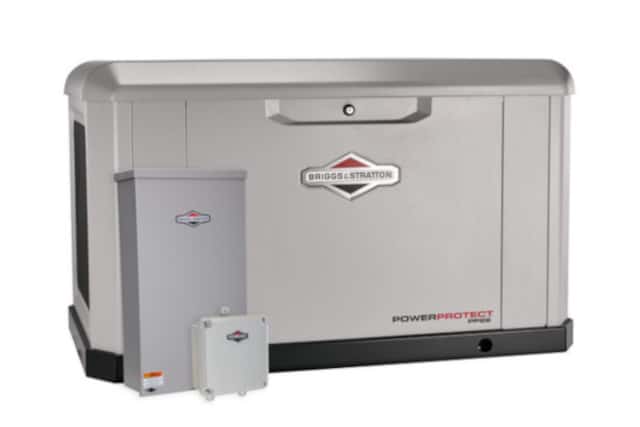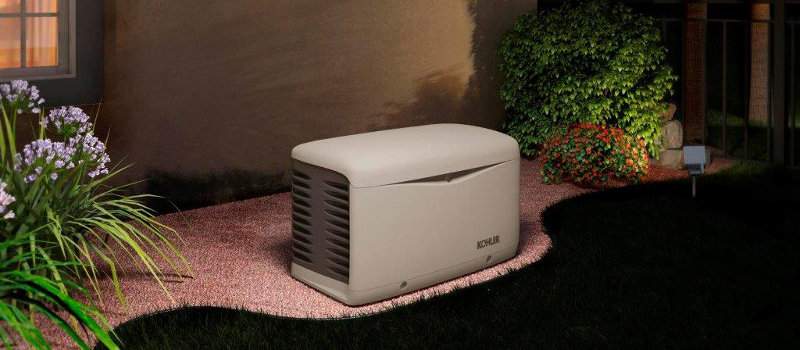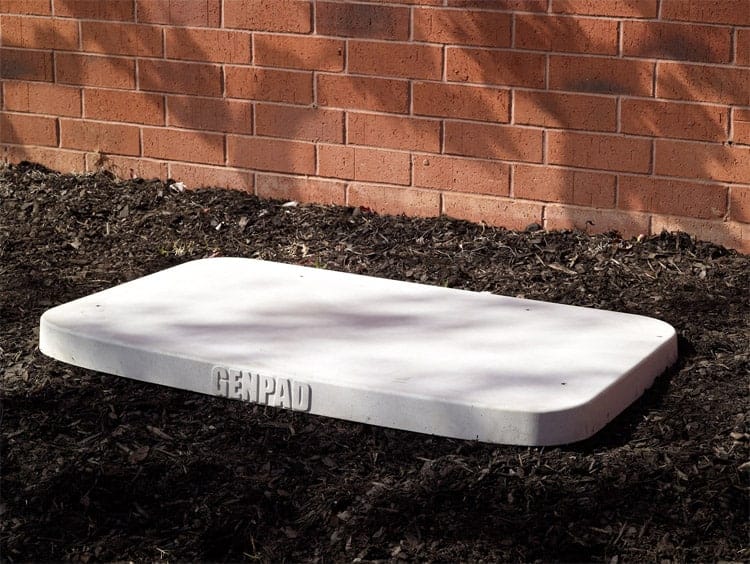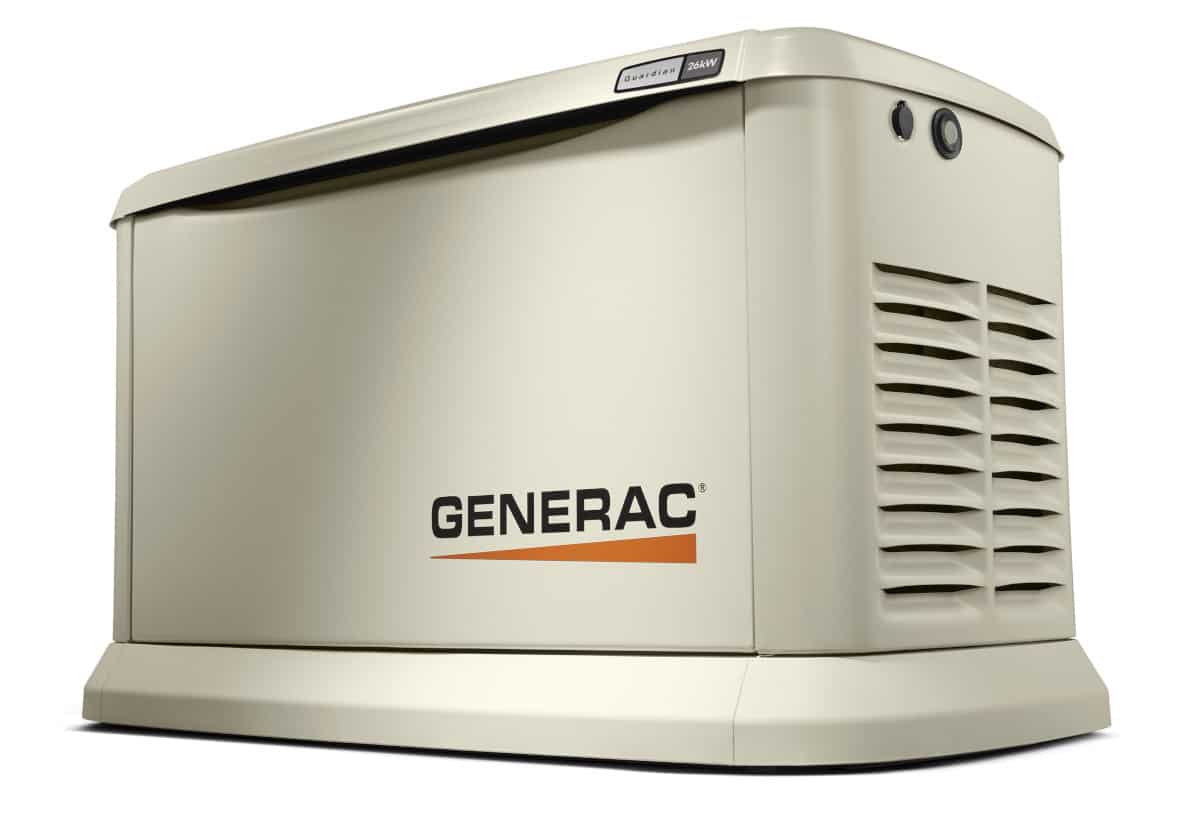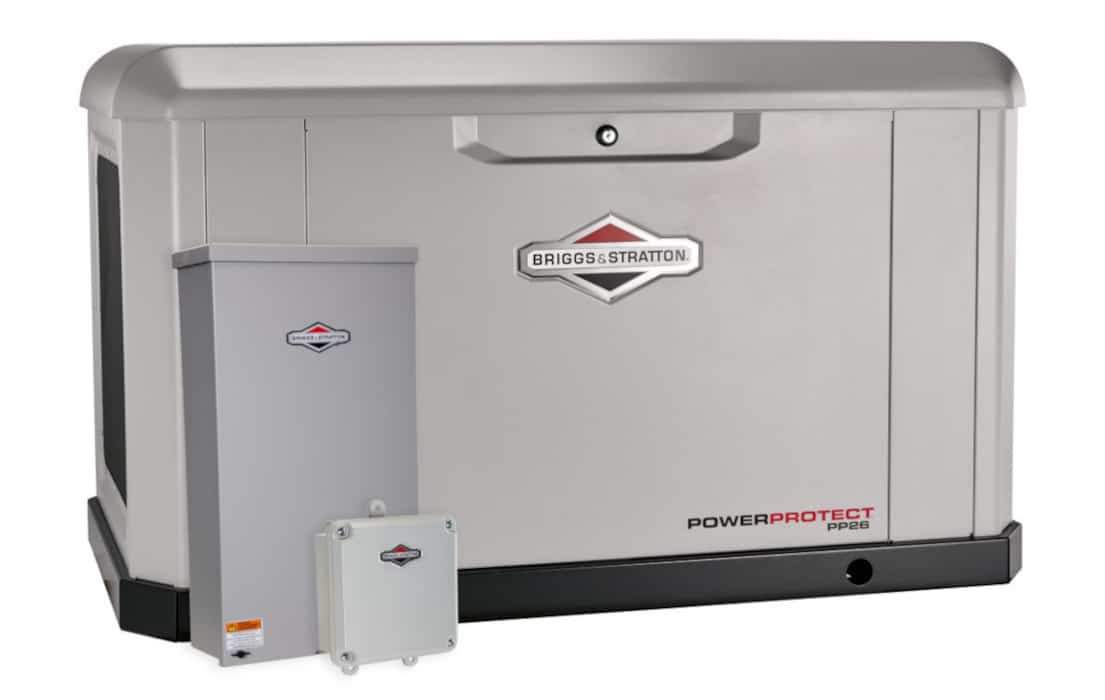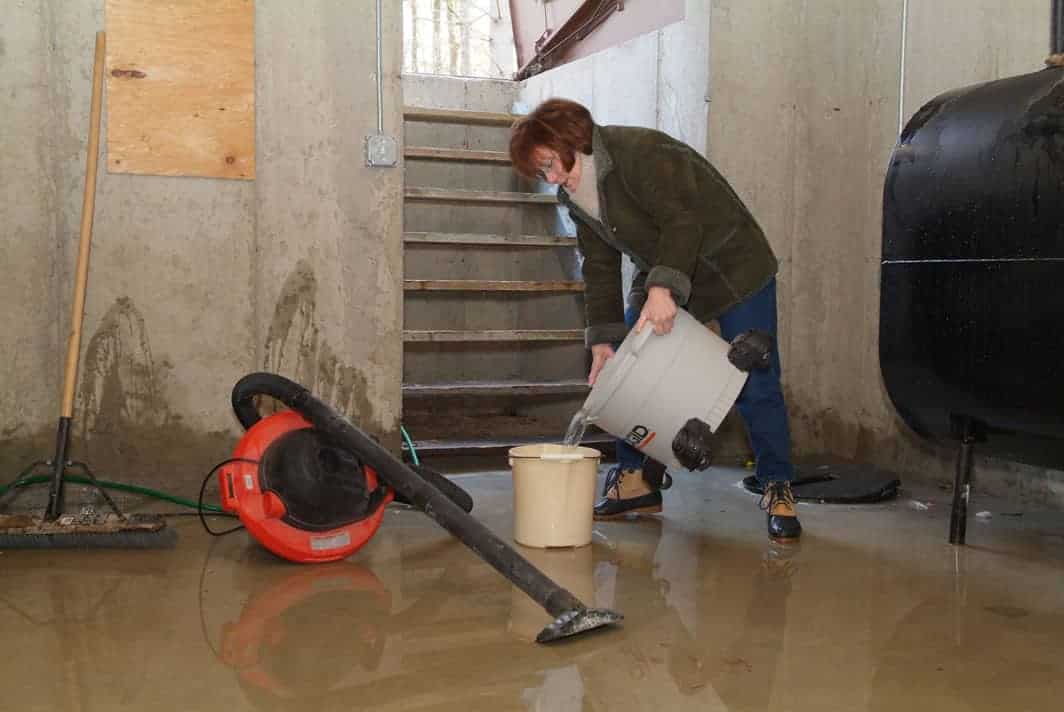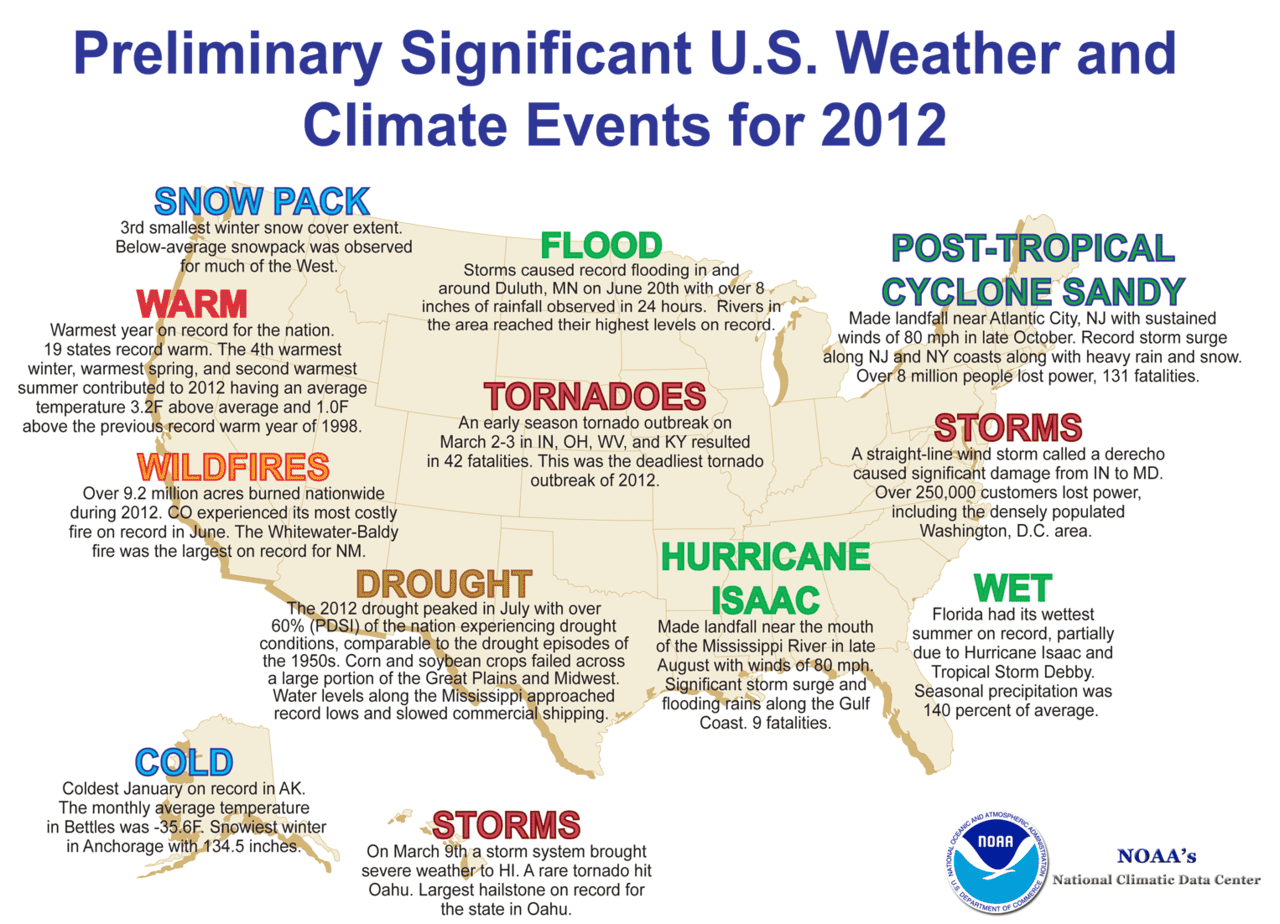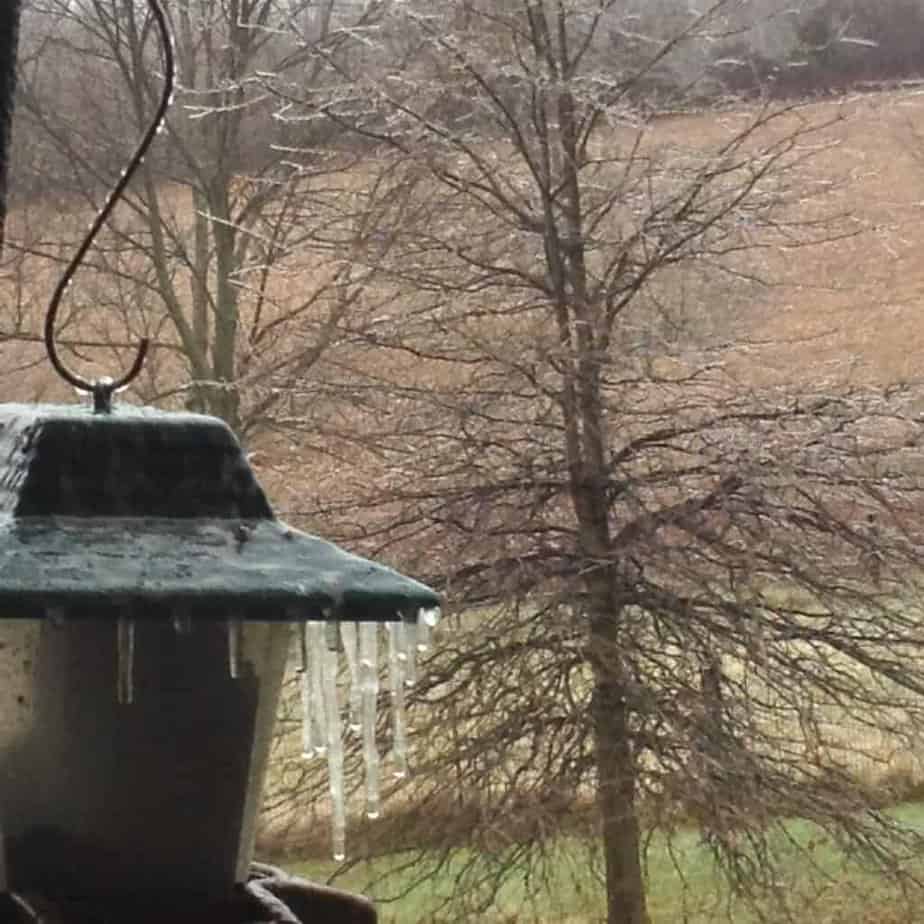This standby generator location won’t send carbon monoxide exhaust into the home through an open window, door, or vent. It is far enough from the home to meet building codes. Ideally, it would be closer to the utility entrance, but that isn’t always possible when windows, doors, vents, and where the building overhangs the gas or electric meter.
Safety First when Locating a Standby Generator
Cost and Appearance are Secondary
Choosing a location for your new home standby generator is usually straightforward, but there are factors you must consider. A good location is one that allows the generator to operate efficiently and safely without endangering the lives of people living in the house. Always install standby generators outdoors on stable ground that does not flood. The exhaust gases produced by a generator contain deadly carbon monoxide and that is yet another consideration for location.
Consult your local building code authority for necessary requirements and permits. They have the final say in all electrical and plumbing installations. Local ordinances may vary from standard codes and supersede the manufacturer’s recommendations. Experienced electricians and plumbers know how to work with local building departments to resolve conflicts between installation instructions and local building codes.
Building Codes usually require a four-foot gap from generator to home. If the generator meets National Fire Protection Association Guidelines, the generator can be as little as 18 inches from the closest wall. However, every jurisdiction sets its own distance rule. Be sure to check local codes when determining generator placement.
This Kohler 20kW Standby Generator installed over gravel is at least 5 feet from the window and four feet from the home.
Minimize costs by placing the home backup generator as close to the existing electrical service entrance as possible without getting too close. Gas and electric utility companies require specific clearances between their equipment and the equipment belonging to other companies or the homeowner. This is one way your local code authority can help ensure you place your generator correctly. A propane backup generator also requires a minimum distance between the tank’s fill valve and the generator which varies by locality.
Some general guidelines include placing your standby generator where prevailing winds will blow the exhaust away from the home. Keep the generator away from bedrooms, living areas, and where the noise won’t bother your neighbors. All locations must be at least five feet away from openings such as windows, soffit vents, and doorways.
Never locate the generator under an overhang, in a breezeway, or in recesses blocked by trees, shrubs or other vegetation. Avoid areas subject to snow drifts and protect the generator from pets, animals, people, and traffic.
Standard required clearances include five feet from any house opening and three feet from flammable materials. NFPA code, house siding materials, and manufacturer certifications govern the minimum distance between the home and the back of the generator. 18 inches is the new standard, but local code authorities have the final say.
Never locate the generator anyplace that might allow exhaust gases to accumulate, under a roof of any kind, or inside any kind of building.
Generator Pads
After you’ve selected a location, have it approved by your local code authority and obtain a building permit. There’s nothing worse than purchasing materials and installing them, only to have a code inspector fail your installation because it didn’t meet local codes for placement or you didn’t obtain get a permit. It wastes time and money.
A permit and passed inspection ensures that your insurance company will honor the policy in the event of fire or other damage.
Some localities require a concrete pad for the generator to sit on, others allow generators to sit directly on a bed of gravel or pea gravel. Most manufacturers supply their generators in an enclosure that includes a suitable base for the generator―provided the underlying surface is level.
A bed made from compacted sand with pea gravel on top makes a good pad. Remove the sod and dirt to make a rectangular shaped hole as large as required and six inches deep. Add a three-inch layer of damp sand and compact it. Make a 2-by-4 frame from cedar or pressure treated lumber to help enclose the gravel and keep it on the pad, and out of your grass. Level the frame with a spirit level, fill it with pea gravel, and you’re ready to set the generator on it.
New Generac Guardian standby generators include a composite pad that sits directly on the soil without a prepared gravel bed.
Even when local codes require a concrete pad, it is still a good idea to build a base of compacted sand and set a frame on top of it. Level the frame and fill it with concrete. Once it hardens and cures, it’s ready for the generator.
How Prepare for a Power Outage
NEW: 26kW Home Generators
A generator pad simplifies installation for most air-cooled generators and some liquid cooled. Larger, heavier generators may require a poured concrete pad at least four-inches thick, or even more depending on your soil type. The composite concrete pads sold by Norwall weigh less than ordinary concrete. The have predrilled holes for mounting the generator and can sit directly on level soil.
Updated September 2, 2022


